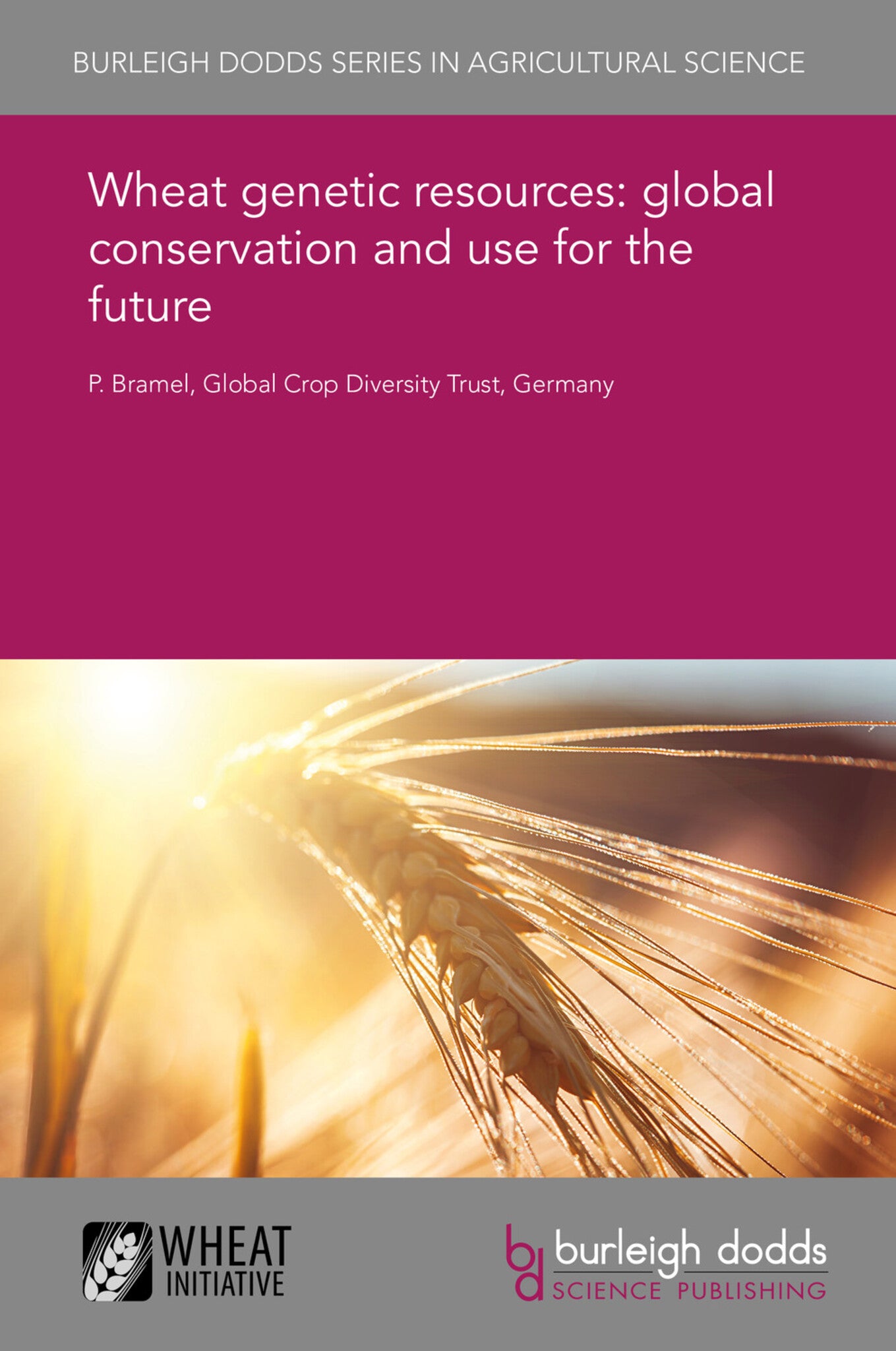We're sorry. An error has occurred
Please cancel or retry.
Wheat genetic resources: global conservation and use for the future
Regular price
£25.00
Sale price
£25.00
Regular price
£25.00
Unit price
/
per
Sale
Sold out
Re-stocking soon
The importance of wheat to the global food supply means that many institutions across the world hold collections of wheat germplasm to study and preserve wheat genetic material. This chapter descri...
Read More

Some error occured while loading the Quick View. Please close the Quick View and try reloading the page.
Couldn't load pickup availability
- Format:
-
27 June 2017

The importance of wheat to the global food supply means that many institutions across the world hold collections of wheat germplasm to study and preserve wheat genetic material. This chapter describes a global ex situ conservation strategy to assess the status of wheat genetic resources held by institutions, identifying major germplasm collections from existing public databases and targeting institutions holding unique accessions of wild relatives. Drawing on information from the surveys, the chapter identifies areas for global action. These include regeneration of old accessions, safety duplication of collections, a comprehensive global information system to enhance the use of conserved germplasm, global rationalization of accessions and filling gaps. The chapter concludes that ex situ collections, currently underutilized, represent significant pools for the future improvement of wheat. With new tools from genomics, exploitation of these collections is likely to increase, but there is an urgent need to better secure their conservation.

Price: £25.00
Publisher: Burleigh Dodds Science Publishing
Imprint: Burleigh Dodds Science Publishing
Series: Burleigh Dodds Series in Agricultural Science
Publication Date:
27 June 2017
ISBN: 9781838792961
Format: eBook
BISACs:
TECHNOLOGY & ENGINEERING / Agriculture / Sustainable Agriculture, Agronomy and crop production, TECHNOLOGY & ENGINEERING / Agriculture / Agronomy / Crop Science, Botany and plant sciences, Sustainable agriculture

1 Introduction 2 Wheat genetic resources 3 Global wheat germplasm collections 4 Surveys of germplasm collections and their clients 5 Key findings from the surveys 6 Enhanced use of germplasm accessions 7 Future trends and conclusion 8 Where to look for further information 9 References



